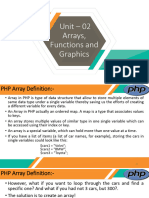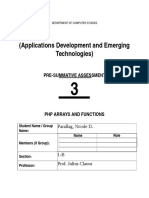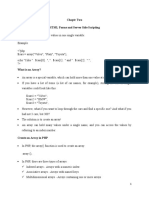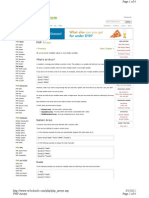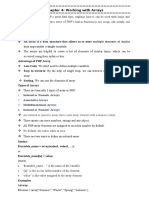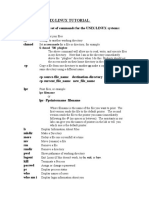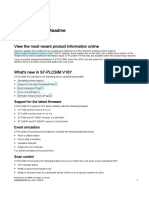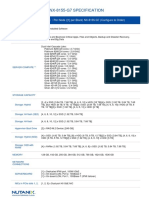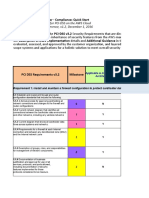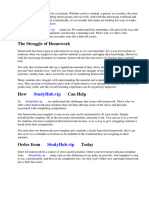0% found this document useful (0 votes)
17 views38 pagesUnit 2 PHP-1
This document provides an overview of PHP arrays, explaining their types (indexed, associative, and multidimensional) and how to create, access, update, and manipulate them. It includes examples demonstrating various operations such as adding, removing, and sorting array items, as well as using built-in array functions. Additionally, it covers the use of functions as array items and the concept of mixing indexed and associative keys.
Uploaded by
kokanesanket24Copyright
© © All Rights Reserved
We take content rights seriously. If you suspect this is your content, claim it here.
Available Formats
Download as DOCX, PDF, TXT or read online on Scribd
0% found this document useful (0 votes)
17 views38 pagesUnit 2 PHP-1
This document provides an overview of PHP arrays, explaining their types (indexed, associative, and multidimensional) and how to create, access, update, and manipulate them. It includes examples demonstrating various operations such as adding, removing, and sorting array items, as well as using built-in array functions. Additionally, it covers the use of functions as array items and the concept of mixing indexed and associative keys.
Uploaded by
kokanesanket24Copyright
© © All Rights Reserved
We take content rights seriously. If you suspect this is your content, claim it here.
Available Formats
Download as DOCX, PDF, TXT or read online on Scribd
/ 38
















